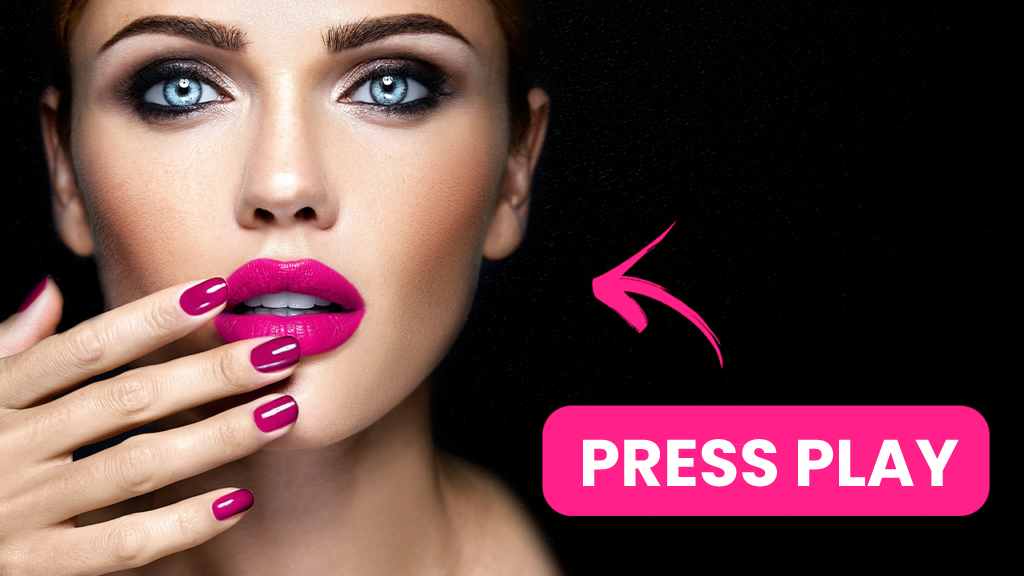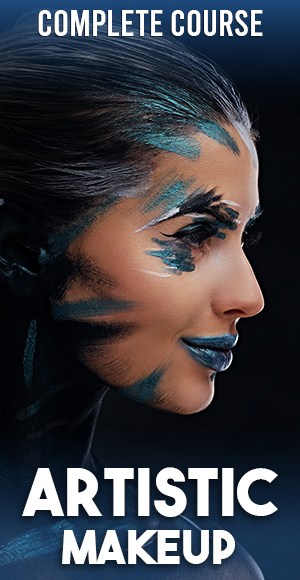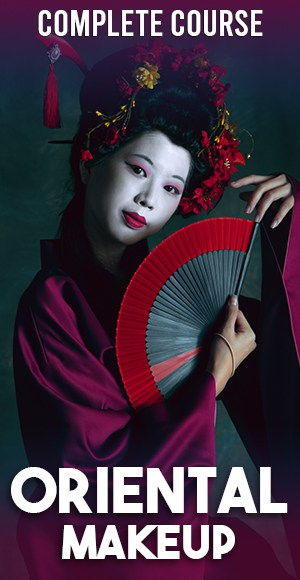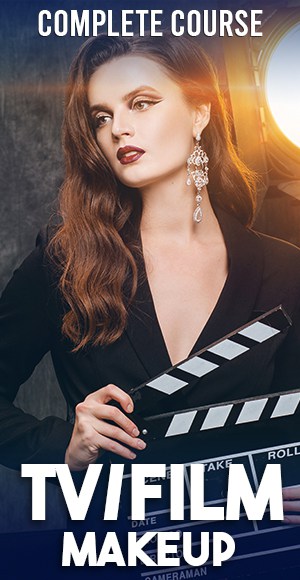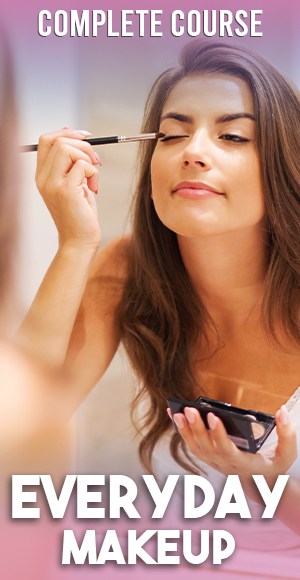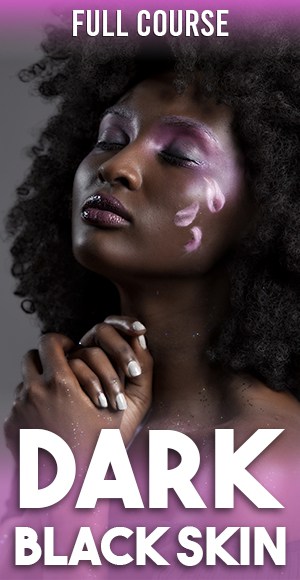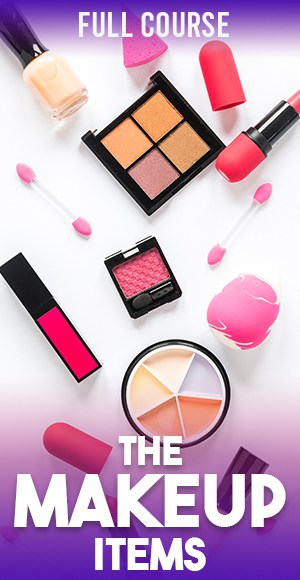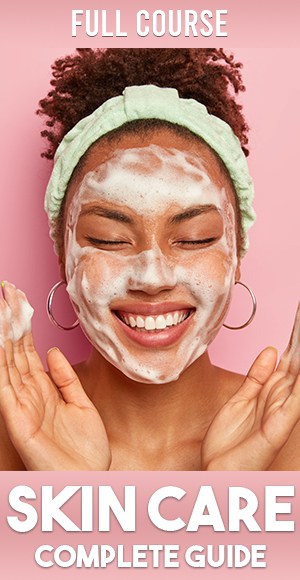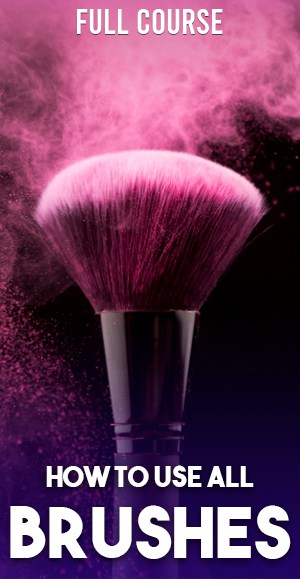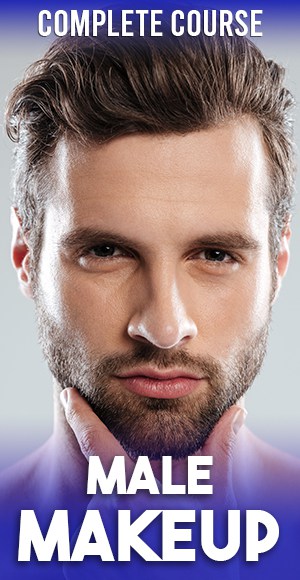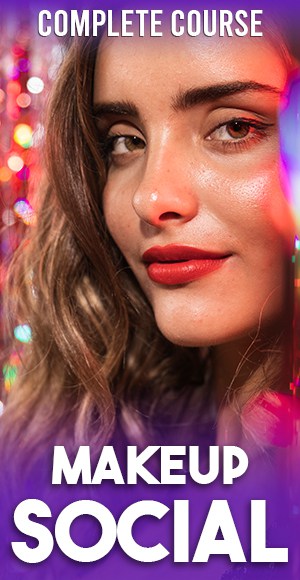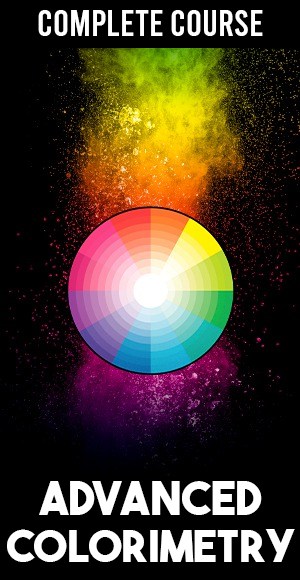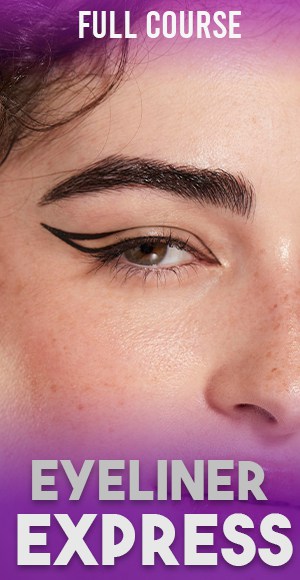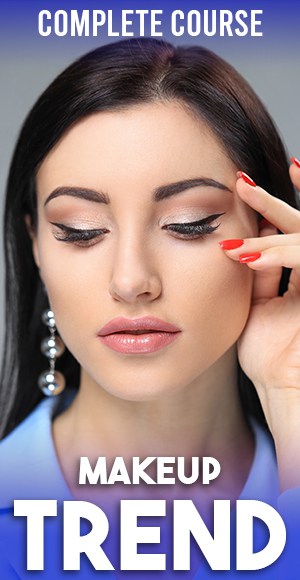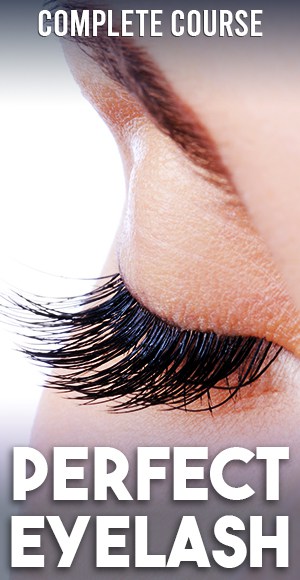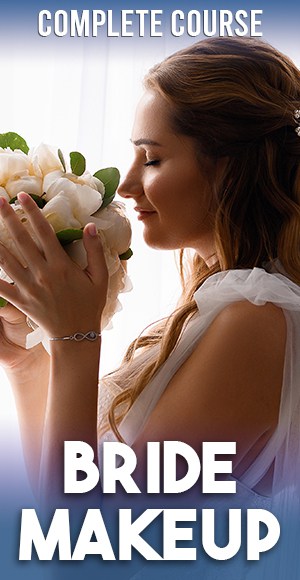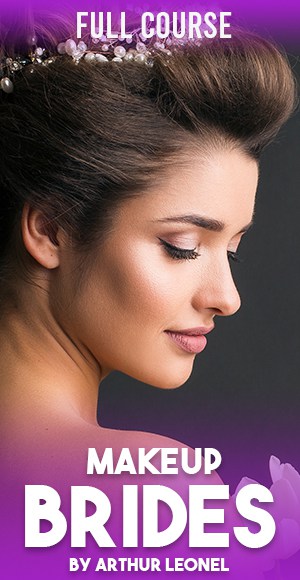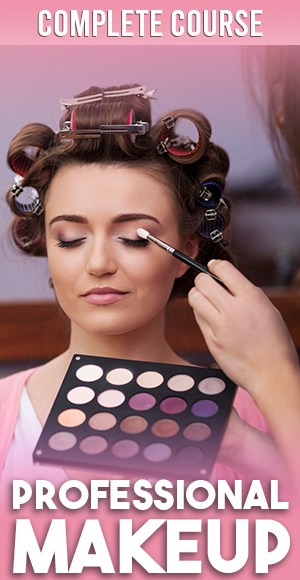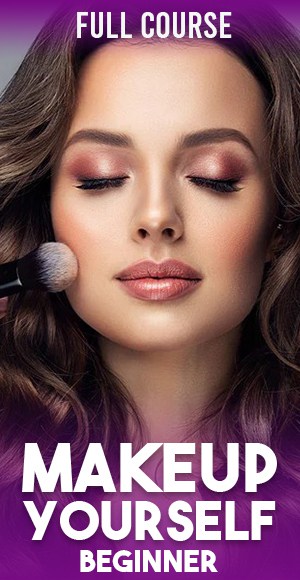Art of Makeup: Introduction

Makeup artistry, a blend of creativity and skill, has evolved significantly over the years. From the ancient Egyptians who used kohl to define their eyes, to the modern-day trends that grace the runways and social media, the art of makeup has always been an integral part of human culture. This evolution reflects not just changes in aesthetic preferences but also advancements in cosmetic products and techniques.
The impact of makeup extends beyond mere beautification. In personal life, it’s a tool for self-expression and confidence-building. Professionally, makeup can be transformative, playing a crucial role in industries like fashion, cinema, and television. The art of makeup is not just about applying products; it’s about crafting an image, telling a story, and even influencing societal perceptions of beauty.
Understanding the history and influence of makeup artistry is crucial for anyone aspiring to master this craft. It’s a journey through time, cultures, and self-expression, revealing how something as simple as a stroke of eyeliner or a dab of foundation can redefine beauty standards and personal identity.
Essential Makeup Tools and Products
In the realm of the art of makeup, having the right tools and products is as crucial as the skill itself. Here’s a breakdown of essential makeup tools and products, especially for those just starting their journey in makeup artistry.
Brushes and Applicators: Types and Uses
- Foundation Brush: Ideal for liquid and cream foundations, providing a smooth, flawless finish. Sephora Collection offers a range of options.
- Powder Brush: Large and fluffy, perfect for setting makeup with loose or pressed powder.
- Blush Brush: Angled or rounded to apply blush on the cheeks, giving a natural flushed look.
- Eyeshadow Brushes: A set should include a flat brush for application, a fluffy brush for blending, and a precision brush for detailing. MAC Cosmetics has a variety of choices.
- Eyeliner Brush: Fine-tipped for precise application of gel or liquid eyeliner.
Must-Have Makeup Products for Beginners
- Foundation: A staple for creating an even base. Fenty Beauty by Rihanna offers a wide range of shades.
- Concealer: For covering blemishes and under-eye circles.
- Blush: Adds a healthy color to the cheeks.
- Eyeshadow Palette: A basic palette with neutral shades for everyday looks.
- Mascara: To enhance the eyelashes.
- Lipstick/Lip Gloss: For adding color and texture to the lips.
High-End vs. Drugstore Makeup Brands
- High-End Brands: Offer premium quality, innovative formulas, and often a wider range of shades. Brands like Chanel and Dior are known for their luxury products.
- Drugstore Brands: More affordable, accessible, and have been significantly improving in quality. Brands like Maybelline and L’Oréal offer great products at a fraction of the price.
Whether you’re reaching for a high-end foundation or a drugstore mascara, remember that the art of makeup is about skillful application and creativity. Both types of brands have their place in a makeup artist’s kit, offering a range of options to suit different preferences and skin types.
Essential Makeup Tools and Products
In the art of makeup, the right tools and products are fundamental to achieving the perfect look. Whether you’re a beginner or a seasoned artist, understanding the essentials is key.
Brushes and Applicators: Types and Uses
- Foundation Brushes: Essential for a flawless base. Options like the Sephora Collection Pro Foundation Brush #47 are great for liquid and cream foundations.
- Powder Brushes: Large, fluffy brushes perfect for applying setting powder evenly.
- Blush Brushes: Angled or rounded for precise blush application.
- Eyeshadow Brushes: A variety, including flat brushes for application, fluffy ones for blending, and precision brushes for detailed work. Check out MAC’s 217S Blending Brush for versatility.
- Eyeliner Brushes: Fine-tipped for perfect gel or liquid eyeliner application.
Must-Have Makeup Products for Beginners
- Foundation: A staple for an even skin tone. Brands like Fenty Beauty offer a wide range of shades.
- Concealer: For covering imperfections and under-eye circles.
- Blush: Adds a natural flush to the cheeks.
- Eyeshadow Palette: Neutral shades for everyday looks are a must.
- Mascara: Essential for defining and enhancing eyelashes.
- Lipstick or Lip Gloss: For the perfect finishing touch to any look.
High-End vs. Drugstore Makeup Brands
- High-End Brands: Known for premium quality and innovative products. Luxury brands like Chanel offer exclusive ranges.
- Drugstore Brands: Affordable yet high-quality options. Brands like Maybelline provide great value.
In the art of makeup, the choice between high-end and drugstore brands often comes down to personal preference and budget. Both offer unique benefits, from the luxurious feel and extensive research of high-end products to the accessibility and innovation of drugstore brands. The key is to find products that work best for your skin type and makeup style.
Makeup Techniques and Trends

Mastering the art of makeup involves not only understanding the basic techniques but also keeping up with the ever-evolving trends. Here’s a guide to help you navigate through these aspects.
Basic Makeup Application Techniques
- Primer Application: Start with a primer to create a smooth canvas. It helps in minimizing pores and extending the longevity of your makeup.
- Foundation: Use a foundation brush or sponge for an even application. Remember to blend well, especially along the jawline and neck.
- Concealer: Apply under the eyes and on blemishes. Blend it out with a brush or sponge for a seamless look.
- Setting Powder: To set the foundation and concealer, lightly dust setting powder over your face.
- Eye Makeup: Begin with eyeshadow, followed by eyeliner, and finish with mascara. For detailed tutorials, visit YouTube’s makeup channels.
- Blush and Highlighter: Apply blush to the apples of your cheeks and highlighter on the high points of your face for a radiant glow.
Current Trends in Makeup Artistry
- Natural and Dewy Skin: A trend focusing on natural beauty, emphasizing dewy and radiant skin.
- Bold Eyebrows: Thick and well-defined eyebrows continue to dominate.
- Graphic Eyeliner: Creative and bold eyeliner styles are in vogue.
- Vibrant Eyeshadow Colors: Bright and bold colors are trending, moving away from traditional neutrals.
- Statement Lips: Bold lip colors, especially in matte textures, are popular.
Adapting Trends to Personal Style
- Understand Your Features: Choose trends that complement your natural features. For instance, if you have large eyes, bold eyeliner can be a great choice.
- Start Small: Incorporate trends subtly into your look. A pop of color on the lips or a slight winged eyeliner can make a big difference.
- Be Confident: The most important aspect of the art of makeup is confidence. Wear what makes you feel best.
Staying updated with current trends in makeup artistry is essential, but adapting them to suit your personal style is what truly brings out the artist in you. Whether it’s a bold lip color or a subtle eyeshadow, make each trend your own. Dive deeper into this concept with the insightful article, “Eyeliner or Mascara First? Unveil the Ultimate Guide to Flawless, Stunning Eye Makeup”, on Makeupflix. This piece offers a fresh perspective on enhancing your makeup routine. Remember, the art of makeup is not just about following trends; it’s about expressing your unique self.
Makeup for Different Occasions
The art of makeup shines in its versatility, adapting to various occasions and seasons. Whether it’s a daily routine or a special event, makeup can be tailored to fit the moment perfectly.
Everyday Makeup Looks
- Natural Look: Focus on a light foundation or BB cream, a touch of blush, mascara, and a neutral lip color. This look is all about enhancing your natural beauty.
- Professional Look: A step up from the natural look, add a neutral eyeshadow, subtle eyeliner, and a professional lipstick shade. Keep it polished and understated.
- Casual Day Out: Experiment with a pop of color on the lips or a playful eyeshadow. It’s casual yet fun.
Makeup for Special Events (Weddings, Parties)
- Weddings: Opt for a classic and elegant look. A flawless base, soft eyeshadows, defined eyeliner, and a long-lasting lipstick are key. For inspiration, explore YouTube’s makeup tutorials.
- Evening Parties: Here’s your chance to go bold. Smokey eyes, glitter, and bold lips fit perfectly. Remember to balance your look—if your eyes are bold, keep the lips more neutral, and vice versa.
- Themed Events: Tailor your makeup to the theme. Whether it’s a vintage look or a futuristic style, let your creativity flow.
Seasonal Makeup Tips
- Spring/Summer: Embrace lighter textures and brighter colors. Think pastel eyeshadows, tinted lip balms, and a sun-kissed bronzer.
- Fall/Winter: Go for richer, deeper shades. Berry-toned lips, earthy eyeshadows, and a heavier foundation work well in these seasons.
Adapting your makeup to different occasions and seasons is a thrilling aspect of the art of makeup. It allows you to express different facets of your personality and style. For more seasonal makeup tips, check out Vogue’s Beauty Section. Remember, the key is to feel comfortable and confident in your look, whether it’s for an everyday outing or a special event.
Makeup and Skin Care

In the art of makeup, skin care is not just a preliminary step; it’s a crucial part of the entire process. Proper skin preparation can significantly enhance the effectiveness and finish of your makeup.
Importance of Skin Preparation for Makeup
- Cleansing: Start with a clean face. Use a gentle cleanser to remove impurities and excess oil.
- Moisturizing: Hydrated skin is a perfect canvas. Apply a moisturizer suited to your skin type.
- Primer: A primer smooths the skin, fills in pores, and helps makeup last longer. It bridges the gap between skin care and makeup.
Tips for Maintaining Healthy Skin with Makeup
- Choose Non-Comedogenic Products: These products won’t clog your pores, reducing the risk of breakouts.
- Regular Cleansing: Always remove your makeup before bed. Use a makeup remover followed by your regular cleansing routine.
- Hydration: Drink plenty of water and use hydrating skincare products. Hydrated skin is healthy skin.
- Sun Protection: Use a sunscreen or a foundation with SPF to protect your skin from harmful UV rays.
Dealing with Common Skin Issues (Acne, Dryness)
- Acne-Prone Skin: Use oil-free and salicylic acid-based products. Avoid heavy makeup on active breakouts. For more tips, visit Skincare.com.
- Dry Skin: Focus on hydration. Use creamy, hydrating makeup products and avoid powders that can accentuate dryness.
Understanding the relationship between makeup and skin care is essential in mastering the art of makeup. It’s not just about the colors and products you apply, but also about maintaining the health and vitality of the skin underneath. By prioritizing skin care, you ensure that your makeup not only looks better but also contributes to your skin’s overall well-being.
The Business of Makeup Artistry
The art of makeup is not only a form of personal expression but also a viable career path. For those aspiring to turn their passion for makeup into a profession, understanding the business side is crucial.
Building a Career in Makeup Artistry
- Education and Training: Consider professional courses or makeup artistry schools to refine your skills and gain certifications.
- Portfolio Development: Build a diverse portfolio showcasing your work. Include a variety of styles and techniques to demonstrate your versatility.
- Networking: Connect with professionals in the industry, including photographers, stylists, and other makeup artists.
Tips for Aspiring Makeup Artists
- Practice Constantly: Experiment with different looks, products, and techniques. The more you practice, the more skilled you’ll become.
- Stay Informed: Keep up with the latest trends, products, and techniques in the beauty industry.
- Specialize: Consider specializing in a particular area, such as bridal, special effects, or editorial makeup.
- Customer Service: Develop strong communication and customer service skills. Happy clients are your best advertisement.
The Role of Social Media in Makeup Artistry
- Brand Building: Use platforms like Instagram and YouTube to showcase your work and build your brand. Engaging content can attract a significant following.
- Learning and Inspiration: Follow industry leaders and influencers for inspiration and to stay updated on trends. Platforms like Makeupflix, a streaming course makeup platform, along with YouTube, are also great for learning new techniques.
- Networking: Social media is a powerful tool for connecting with peers, brands, and potential clients.
In today’s digital age, social media plays a pivotal role in the art of makeup. It’s not just a platform for showcasing your work but also a medium for learning, inspiration, and building professional relationships. Aspiring makeup artists should leverage these platforms to enhance their visibility and credibility in the industry. Resources like Makeupflix, a streaming course makeup platform, provide an excellent opportunity for continuous learning and skill enhancement.






